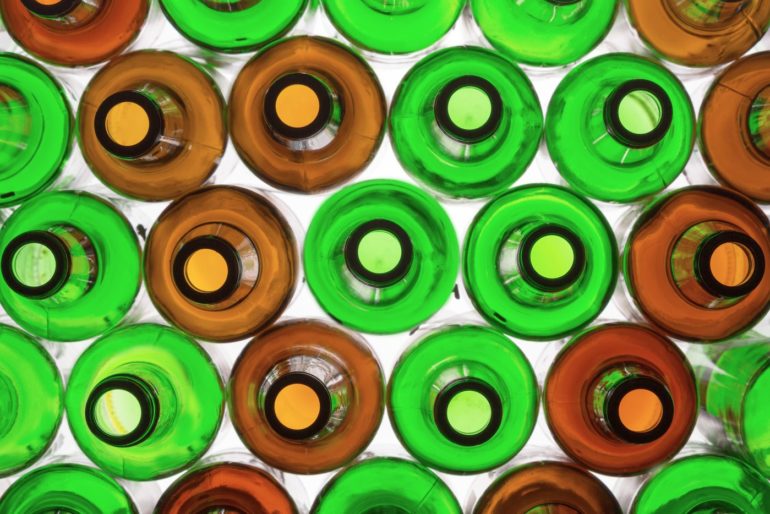How can you get a blood stain out of clothing?
Whether it’s from a shaving nick, bloody nose, skinned knee, period overflow or something else, blood spots and stains are a fact of life.
So what do you need to do to make your favorite T-shirt look good as new again? Here are some easy tips to try to clean that spot right up.
Out, damned spot!
There are a few ways to get a blood stain out of clothing — assuming the material is washable, of course. (Always check your item’s label for any specific washing guidelines or warnings.)
If you’re not sure how colorfast the fabric is, you should pre-test any stain removal agents on an inconspicuous area of the item before proceeding.
Dry blood stains: Brush then cold water/detergent soak
If the stain’s dry, brush or scrape off as much as you can, then soak the material in cold water — either plain or with a little bit of laundry detergent added — before considering one of the approaches below for fresh stains.
Fresh blood stains: Rinse with cold water
Bloodstains are protein-based, which means they will benefit from some special handling. If the blood stain is fresh, the very first thing to do is to rinse the affected area by running cold water through the fabric wherever there is blood.
Ohio State University Extension says that if hot water is used first, it essentially cooks the protein — causing coagulation between the fibers in the fabric, setting the stains and making them more difficult to remove. (It might help to imagine it like how an egg goes from a gel-like state to a scramble when heat is applied — one’s a lot harder to rinse out.)
Hydrogen peroxide to the rescue
To remove spots of blood, Cornell University’s Fiber Science and Apparel Design department suggested applying a 3% hydrogen peroxide solution to the areas with the blood using a medicine dropper, then adding a drop of ammonia.
In my family, though, we were less precise — we just got out the bottle of hydrogen peroxide and dashed some onto the affected area until it was saturated.
The area with the blood will turn white and bubble a bit — this is the peroxide doing its job. What’s up with that? When exposed to the enzyme catalase, found in blood, the hydrogen peroxide (H2O2) is converted into water and oxygen. (See a wacky demo of the reaction on a large scale here.)
After the area stops foaming — but after no longer than 15 minutes — rinse it out with cold water before laundering in a cool water cycle.
More enzyme action
The Pacific Northwest Extension’s Stain Removal Guide for Washable Fabrics suggests soaking anything stained with blood in an enzyme product for at least 30 minutes, and to soak older stains for several hours before laundering.
Enzymatic laundry detergents include Nature’s Miracle Laundry Boost or Bac-Out Stain& Odor Eliminator – or you can create a paste from a powdered enzyme product.
Using vinegar & salt for bloodstains in clothes
Some people swear by applying white vinegar, letting it soak in for about ten minutes, then blotting it with a towel or cloth (but don’t use colored towels or cloths that may leave a dye stain). Repeat if required, then wash immediately in cold water.
Another suggestion is to combine 2 teaspoons salt and 1 teaspoon liquid dish soap and pack it on to the stain, making sure it soaks through the fabric in the stained area. Launder with cold water.
Check your results
After doing stain removal for the first time, always let the item air-dry.
Why not machine-dry? You want to be sure the blood was fully removed — and if you just toss it in the dryer, you’ll have pretty much no chance of removing any lingering stain, because it will have been set from the heat.
Under good lighting, check the fabric for lingering stains both when it’s wet and after it’s air-dried. If the stain hasn’t disappeared, repeat one or more of the processes. If you still have no luck, take it to a professional to see if they can help.







